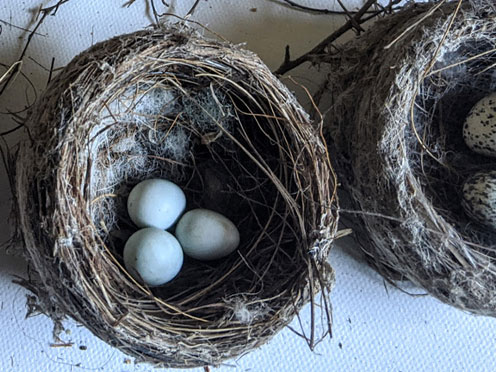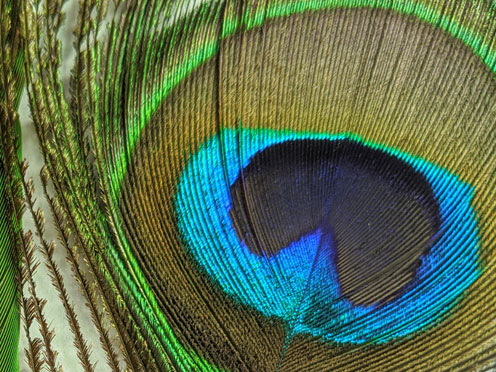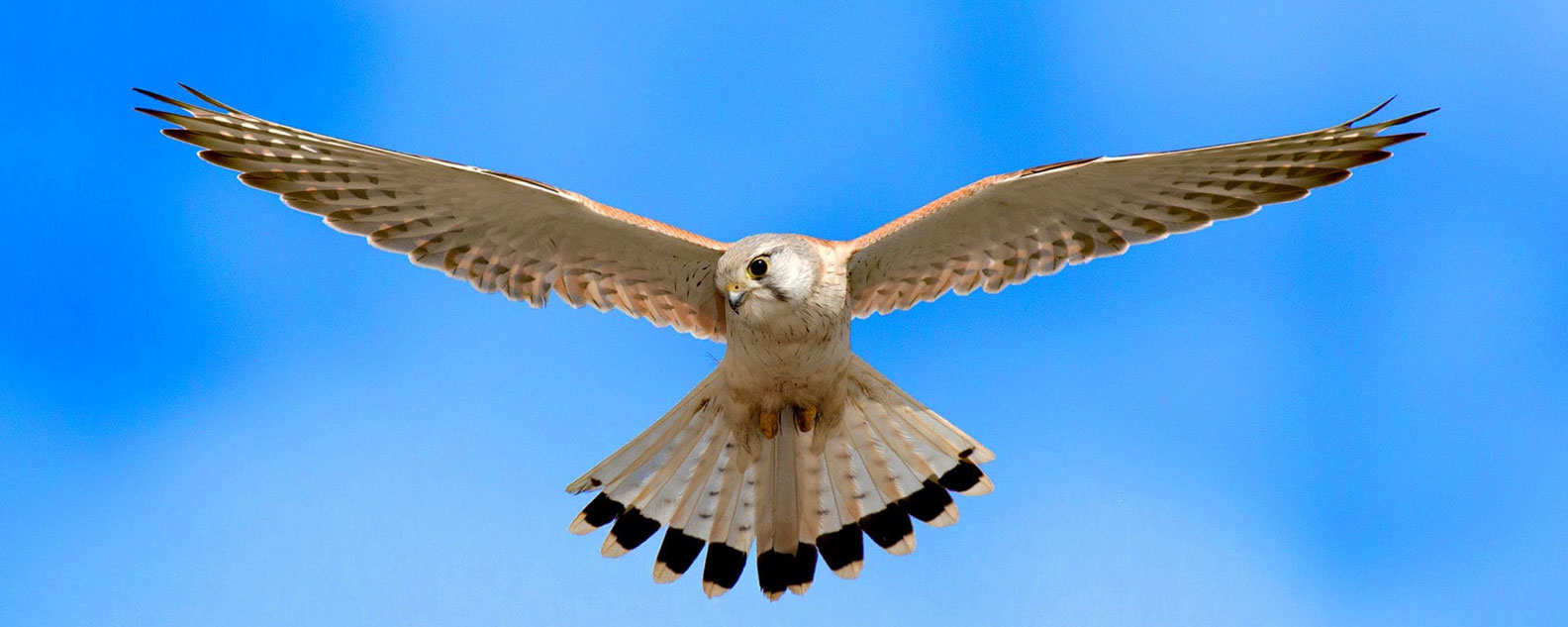Links to New South Wales Curriculum
Stage 2 Science and Technology
A student compares features and characteristics of living and non-living things (ST2-4LW-S)
A student questions, plans and conducts scientific investigations, collects and summarises data and communicates using scientific representations (ST2-1WS-S)
A student selects and uses materials, tools and equipment to develop solutions for a need or opportunity (ST2-2DP-T)
General Capabilities
Literacy capabilities
Numeracy capabilities
Critical and Creative Thinking capabilities
Information and Communication Technology capabilities
Personal and Social capabilities
What makes a bird a bird?
Award-winning picture books about birds to introduce the unit:
Emu – Claire Saxby and Graham Byrne
The Rainbird – David Metzenthen and Sally Rippen
The Best Beak in Boonaroo Bay – Narelle Oliver
Home – Narelle Oliver
The Morality Tales series by Indigenous author Gregg Deise
Silly Birds \ Mad Magpies
Kookoo Kookaburra (great for lessons about bullying and has also won Speech Pathology awards.)
Check out the publisher’s website for links to teacher’s notes about the series
The Atlas of Living Australia has a ‘how-to’ guide to using their database to find the bird species recorded in your school’s area
The Project Beak website has further reading about bird beaks and feet.
Birds in Backyards is a fabulous resource for identifying birds, factsheets and sound recordings.
Fantastic feathers
If you are interested in exploring the properties of oil and water with your students to help them understand why oil on feathers works to waterproof them, check out the Questacon experiment.
Nests, eggs and life cycles
Birdlife Australia have a nest experiment to investigate what nest predators are present in urban environments. This can also be used to explore where the safest place to build a nest might be. You can find the instructions in a pdf on their website.
For more information about Australian bird eggs, visit the Australian Museum’s website.
Learn more about ‘Hollows as Homes’.
What on earth is that bird doing?
Backyard Buddies, an education initiative from the Foundation of National Parks and Wildlife, has some great tips and information about creating bird habitat for small birds and big birds.
Cornell University’s Bird Song Hero involves visualisations of bird song to match with the correct sound.
They also have a range of other games about birds, but be aware that they are mostly targeted at older students.
What makes a bird a bird?
Did you know that there are about 10,000 different TYPES of birds in the world? They come in all shapes and sizes and live in lots of different environments. Let’s find out more!
Before we begin, let’s have a bit of fun and spy on a bird. What is life like for it? What does it get up to every day? Be very quiet now, we don’t want to scare it…
Birds are awesome, and it’s not just Steve saying that. Scientists think birds are so cool, they have put them in their own, special group. But what is it that makes birds so different from other animals? What makes a bird, a bird?
All living things are classified into groups based on their physical characteristics. This is how birds are classified:
Kingdom: Animalia
Phylum: Chordata (Vertebrates or animals with a backbone)
Class: Aves (Birds)
All animals in the Class Aves breathe air, have two legs, have wings, are warm-blooded, and lay eggs. These characteristics may also be found in other animals in other class groups eg. Bats which are mammals have wings, and some reptiles lay eggs. Watch the video below to find out what it is that makes birds UNIQUE!
Animal Classification for Children: Classifying Vertebrates and Invertebrates for Kids - FreeSchool
A bird’s feet can also tell us a lot about where it lives or how it acts.
To find out more about the different types of beaks and feet, check out the ProjectBeak website.
A bird’s feet can also tell us a lot about where it lives or how it acts.
To find out more about the different types of beaks and feet, check out the ProjectBeak website.
Have a look at Google Maps of the Royal Botanic Garden Sydney Why do you think so many birds use these places?
You have looked at our birds, now it’s time to look at yours!
Some tips for bird watching:
Be quiet and walk slowly so you don’t scare birds off.
Listen for their calls and follow the sound.
Look for feathers, poo and footprints to find out where they like to hang out.
Go early in the morning or late in the afternoon. Birds move about more at these times.
Don’t bird-watch on a hot or windy day. They won’t be out and about as much.
Good luck! If you see Steve, try and teach him a GOOD joke for once!
Activities: What makes a bird a bird?
1. Create a Wanted poster about Steve
Read ‘A Day in the Life of a Bird’ comic.
What facts did you learn about Kookaburras?
Create a 'Wanted' poster about Steve by researching Kookaburras. The Australian Museum website is a good place to start. Your poster should include a crime, where kookaburras are found in Australia (draw Australia and colour where they are found), their habitat, their size, what they look like, what they eat, what sort of nest they make and how they communicate with each other.
2. Make a footprint for each type of bird foot
Look at the pictures of the types of bird feet.
Think about what sort of footprint they might make.
Using sticks and other things you can find, make a footprint for each type of bird foot. You might want to make the footprints by pressing sticks into play dough to make a pattern, or just make a trail of them in your front yard using the sticks themselves.
3. Use Google Maps and go birdwatching
Open Google My Maps, find your house.
Predict where you might find birds in your area using satellite view.
Think about the sorts of places birds might use and what they need.
Go for a walk and see how many birds you can spot near your house.
Can you ID them using the bird guide.
Where did you see the most? Sky, trees, ground, or on houses?
How would you change your area to attract more birds?
4. Design a map
Using your knowledge design a map of an imaginary suburb that you have built to attract birds.



